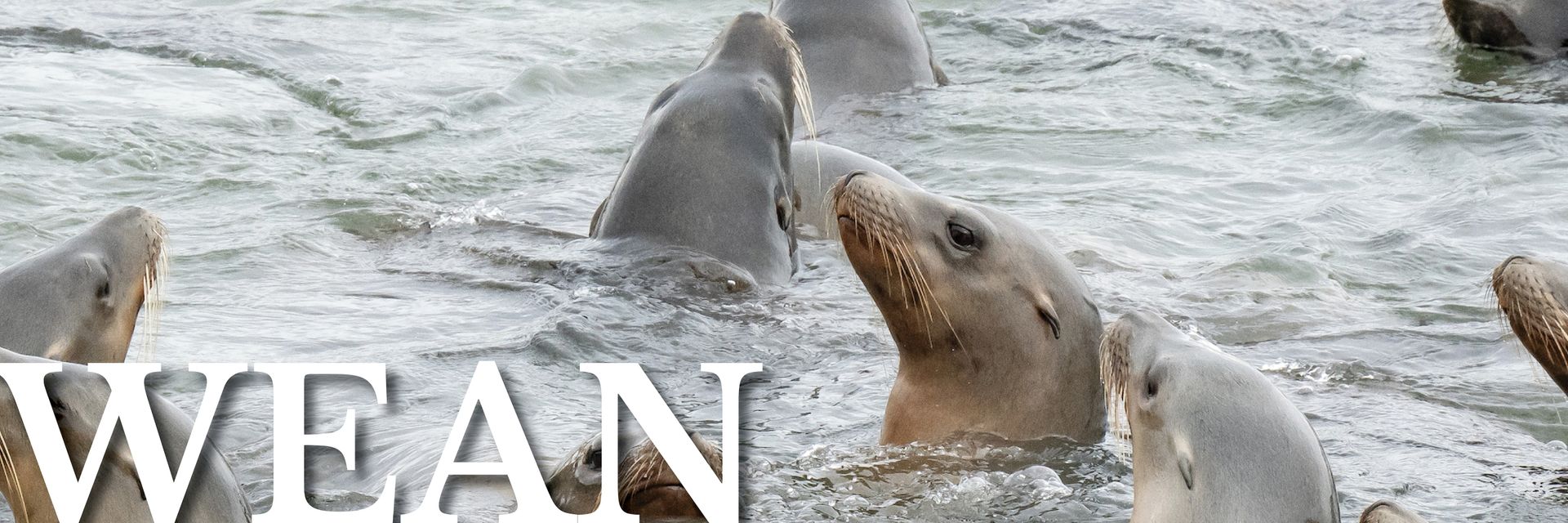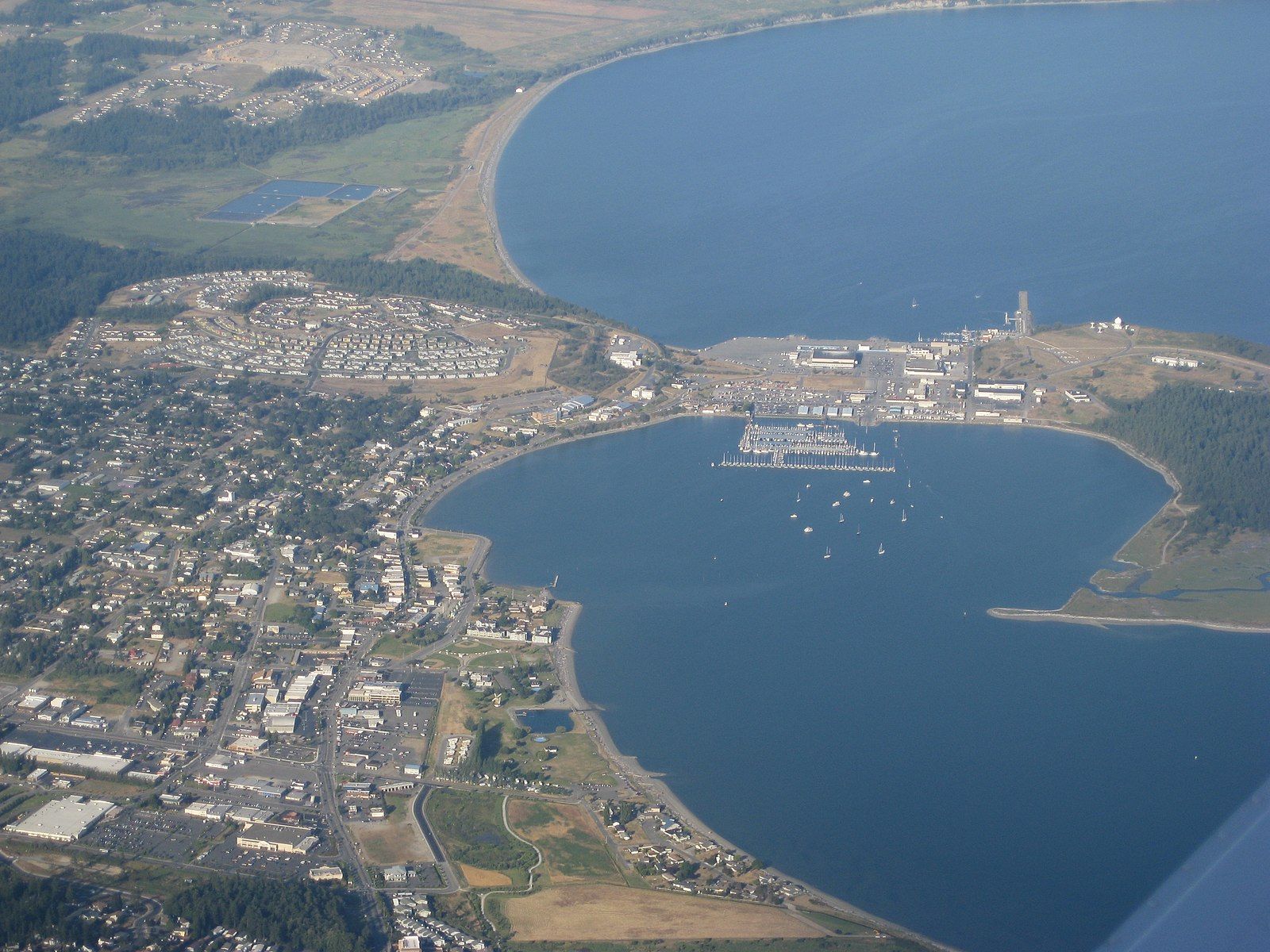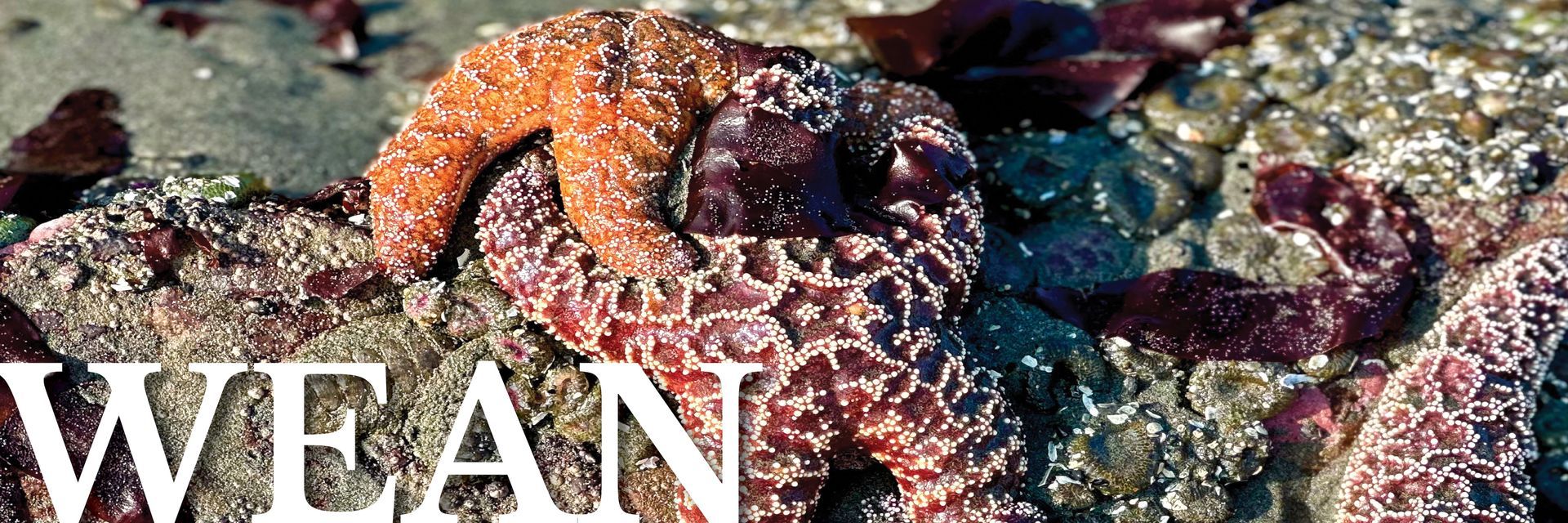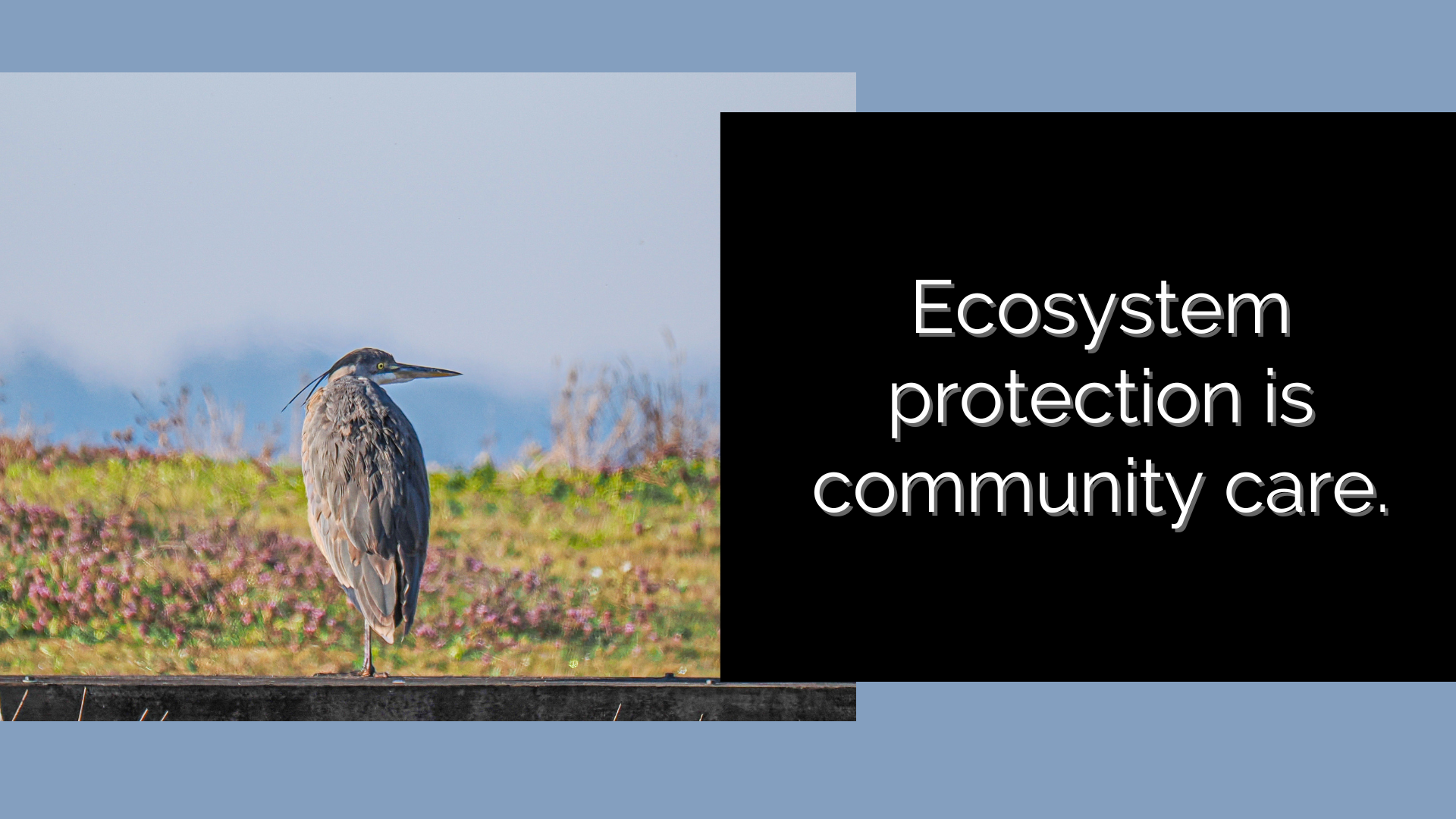Workshopping Climate Resiliency With Island County Stakeholders
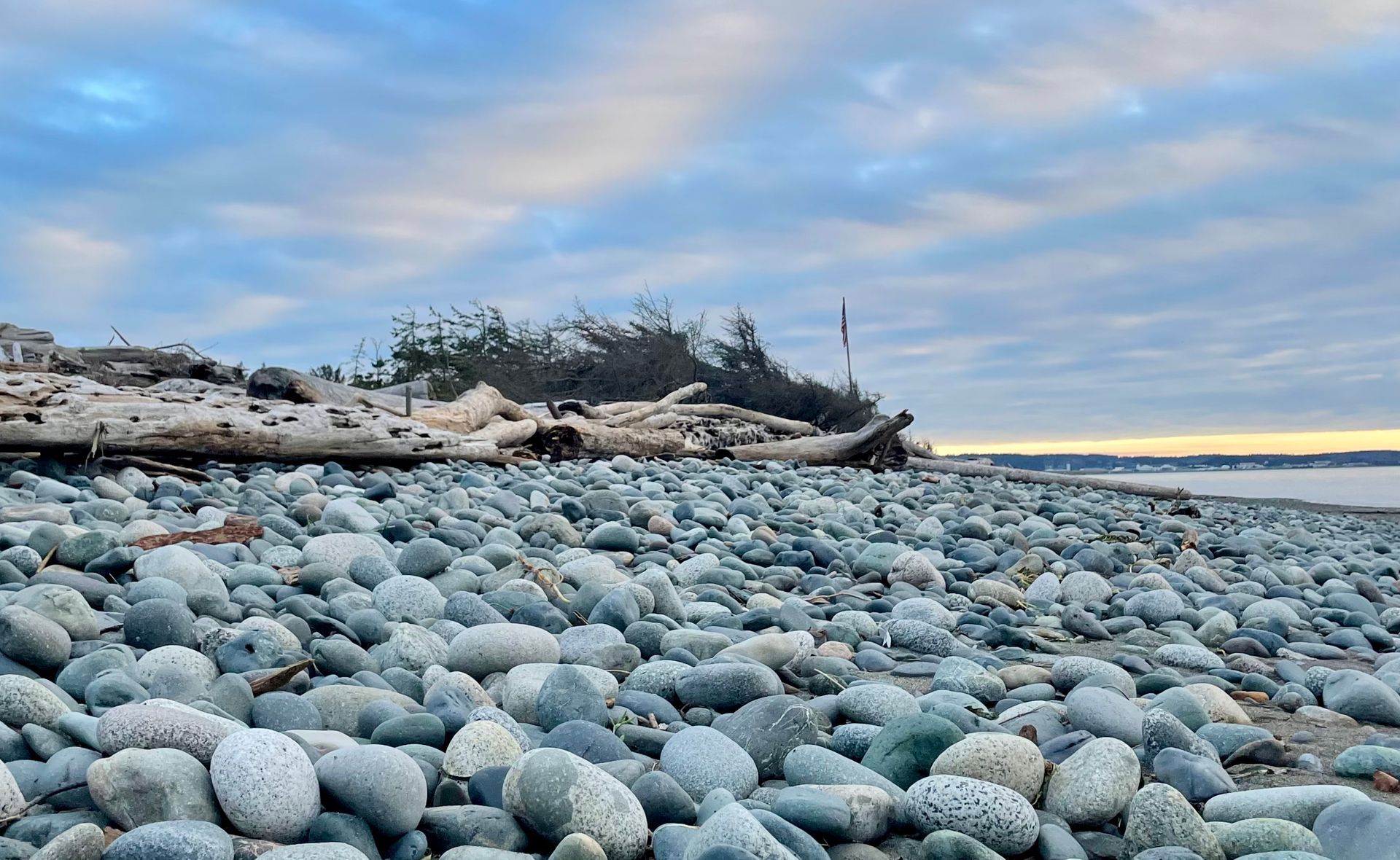
By Marnie Jackson
Island County is developing a Climate Resiliency sub-element* of the comprehensive plan.
To that end, this October and November, Island County planning staff and team members from consulting firm Parametrix convened stakeholders from sectors including regenerative agriculture, environmental advocacy, marine science, water systems, economic development, and construction. I participated on behalf of WEAN to bring an ecosystems perspective. Through a series of three workshops, we explored climate predictions and the implications of changing sea level, precipitation, and heat. The goal of the workshop series was to gather community input and shape the county's new Climate Resilience Sub-Element of the Comprehensive Plan. Participants discussed the relevancy and uses of various climate models and projections, raised present and impending risks and challenges, and shared strategies to increase resilience for Whidbey and Camano Islands.
Sea Level Rise
The first workshop, held on October 21, 2024, focused on the issue of sea-level rise (SLR). Participants discussed Parametrix’s assumption of a 3-foot SLR by 2100—projected as 5 feet by the UW Climate Group, according to one participant—compounded by an additional 3 feet from king tides and storm surges. Either scenario will lead to widespread coastal erosion, increased flooding of homes and infrastructure, and more saltwater intrusion into groundwater.
The group discussed the need for strategic relocation of coastal homes and septic systems, balanced with the value of preserving and protecting homes when doing so doesn’t exacerbate habitat loss. There was some discussion of potential County acquisition of waterfront property or incentive programs to encourage relocation away from the shore. The workshop highlighted the urgent need to protect critical ecosystems like tidal estuaries, lagoons, and salt marshes, which are essential for biodiversity and coastal resilience, as well as the need to apply an equity lens to the challenge of SLR. We raised the question of how to plan now in order to protect community members and taxpayers from bearing the financial, public health, and environmental health burdens of impending disasters related to coastal flooding.
The widespread practice of shoreline armoring, as documented in an Island County Marine Resources Committee report, arose as a key concern. This practice harms marine ecosystems, exacerbates coastal erosion, and has become a hot topic in our community. To address this issue, participants called for increased data collection and analysis to better understand the impacts of shoreline armoring and other human activities on coastal ecosystems and on the resiliency of homes and infrastructure, hypothesizing that the proponents of hard armoring may not fully understand the threats bulkheads pose and the relative little reassurance they provide against the effects of SLR. There was some discussion of the need to identify interim interventions in the face of SLR, to protect homes and ecosystems for five or ten years, as well as long-lasting interventions that strengthen our resilience on a timeline of twenty, fifty, and one hundred or more years.
The stakeholder discussion called for a comprehensive approach to sea-level rise adaptation, including:
Strategic Relocation: Identifying and implementing strategies for relocating homes and infrastructure away from vulnerable coastal areas.
Coastal Restoration: Investing in projects to restore and protect coastal ecosystems, such as shoreline softening, dune and forage fish habitat restoration, and restoration of native vegetation on shorelines.
Land Use Planning: Developing policies and financial mechanisms to limit development in high-risk areas and promote more sustainable home and infrastructure siting and construction.
Community Education And Outreach: Raising awareness about the science behind threats to coastal homes and ecosystems to inform and engage more community members in envisioning and co-creating the future of our island communities.
Groundwater and Precipitation
The second workshop, held on October 29th, focused on the issues of changing precipitation patterns, groundwater levels, and aquifer recharge capacity. Participants discussed climate projections including more intense and infrequent rainfall events, longer dry periods, and more frequent and intense droughts. These changes will have significant impacts on water supply, agriculture, and ecosystems.
The vulnerability of Island County's groundwater, particularly the potential for saltwater intrusion, was raised as a key concern. Participants emphasized the need for better data collection and monitoring to understand the complex interplay between precipitation, groundwater, and surface water. Island County’s lack of dedicated monitoring wells was identified as a significant vulnerability, and stakeholders pointed to the possibility of partnering with the United States Geological Service or others for collaboration on monitoring and assessment. There was a general sense that outside expertise is needed to fully survey our groundwater resources. The discussion highlighted the importance of collaboration among government agencies, academic institutions, and community members to ensure a sustainable water future for Island County.
The workshop also delved into the issue of land use planning and the need to protect critical recharge areas. Participants discussed the potential impacts of logging and development on groundwater levels and the importance of implementing measures to reduce water consumption and conserve water resources. There was discussion of what establishing a county-wide Critical Drainage Area would make possible, in terms of incentivizing Low Impact Development and on-site runoff management, and the general conflict between a stormwater management approach that prioritizes moving water away from homes and out to sea versus an aquifer recharge approach which focuses on slowing and sinking water back into the earth.
There was extensive discussion of failing water infrastructure and vulnerabilities in the physical and social systems for managing small-group water systems, and many participants feel the establishment of a Public Utility District (or Districts) is a necessary intervention to prevent catastrophe.
Ultimately, the workshop underscored the need for a comprehensive approach to water resource analysis and management, including:
Improved Data Collection And Monitoring: Gathering accurate data on watershed performance, groundwater levels, groundwater availability, recharge rates, and water quality.
Water Systems Interventions: Developing options and incentives to support owners of private wells and members of small group systems with necessary monitoring, testing, and infrastructure upgrades.
Water Catchment And Greywater Reuse: Incentivizing greywater diversion and/or water catchment where appropriate for residential, agricultural, or ornamental garden use.
Land use planning: Protecting critical recharge areas and reforming the Public Benefit Rating System and Conservation Futures Funding programs to incentivize forest protection on large and small parcels and promoting sustainable development practices for built environments.
Heat
The third and final workshop, held on November 1st, focused on the threat of extreme heat. Participants discussed the potential for increased heat-related illnesses, wildfires, and power outages as well as the threat of ocean acidification and seawater warming for aquaculture and marine ecosystems and inhabitants. The conversation highlighted the need to protect and expand tree canopy, improve green infrastructure, and improve building energy efficiency without discounting the financial and practical limitations of rapid adaptation in the building sector. The workshop also underscored the importance of regenerative agriculture and agroforestry practices to mitigate the impacts of climate change and enhance soil health while increasing our local food resilience.
The discussion highlighted the need to protect vulnerable populations, including elderly, unhoused, and low-income community members as well as children and individuals with chronic health conditions. This protection might include expanding access to cooling centers and hydration stations, providing public education on heat safety, taking more active measures to reduce heat exposure for employees and workers, and increasing access to public green spaces.
The workshop highlighted the urgent need for a comprehensive heat action plan, including:
Cooling Centers: Establishing accessible cooling centers in public buildings and keeping them open as climate resilience hubs even outside emergencies.
Nurturing Urban Green Spaces: Planting trees, expanding parkland, and increasing access to urban green spaces to reduce heat island effects.
Building Energy Efficiency: Encouraging energy-efficient building practices and green roofs to reduce heat-related energy consumption, increase shade, and improve insulation.
Worker Protection: Implementing measures to protect outdoor workers from extreme heat, such as flexible work schedules, increased work breaks, and hourly versus volume-based compensation formulas to incentivize self-care.
Regenerative Agriculture and Agroforestry: Incentivize farmers and ranchers to use regenerative practices with foci on tree canopy retention, soil building, biodiversity, and local food resiliency.
Public Education and Outreach: Raising awareness about the risks of extreme heat and providing tips and resources for staying safe during heat waves.
Native Vegetation Restoration and Invasive Plant Eradication: maintaining roadways and parks in a manner that increases native, wildfire-wise vegetation; more aggressively eradicating invasive plant species with holistic interventions; and offering resources and incentive programs to landowners to incentivize native revegetation.
Recommendations for Improvement
All three Climate Resilience Sub-Element workshops highlighted serious issues and potential solutions while also shedding light on community members’ concerns about the county's capacity and commitment to implement meaningful climate action. Notably, there were no participants from Camano Island, nor were all Island County departments represented. The County was encouraged to take decisive action now, even before the adoption of the comprehensive plan update, to increase resources and reduce siloing for this vital work.
Three critical next steps highlighted during the discussion include:
Establish A Dedicated Climate Action Office: Create a dedicated office with adequate staffing and funding to oversee climate initiatives, including through the appointment of a Climate Action Director with authority equal to or greater than other director-level roles.
Add A Staff Grant Writer To Access Additional Funding: Add a full time grant writer to the staff and explore funding opportunities from state, federal, and private sources to support climate projects.
Engage Partners In Resilience Planning: Tribal nations, academic and research institutions, and state and federal agencies and departments can be allies in the work of planning, implementing, and monitoring climate resilience strategies.
The workshop series closed with many expressions of gratitude from participants and the public for a good example of public engagement in comprehensive planning. As next steps, Parametrix will summarize input received, meet with Island County’s internal Climate Action Team for staff input, and transition to drafting goals and policies for the new Climate Element. The public can expect to see those draft goals and policies by March 2025, and will be asked to provide feedback at that time.
* Climate Resilience is one of two climate sub-elements mandated in Washington State’s recent updates to the Growth Management Act, and the only one required for counties of our size. When questioned, planning staff said they have not been directed to develop a Greenhouse Gas Emissions (GGE) Reductions sub-element at this time due to constraints on time and funding. It was noted by workshop participants that without addressing GGE, Island County continues to exacerbate the very problems it seeks to address.
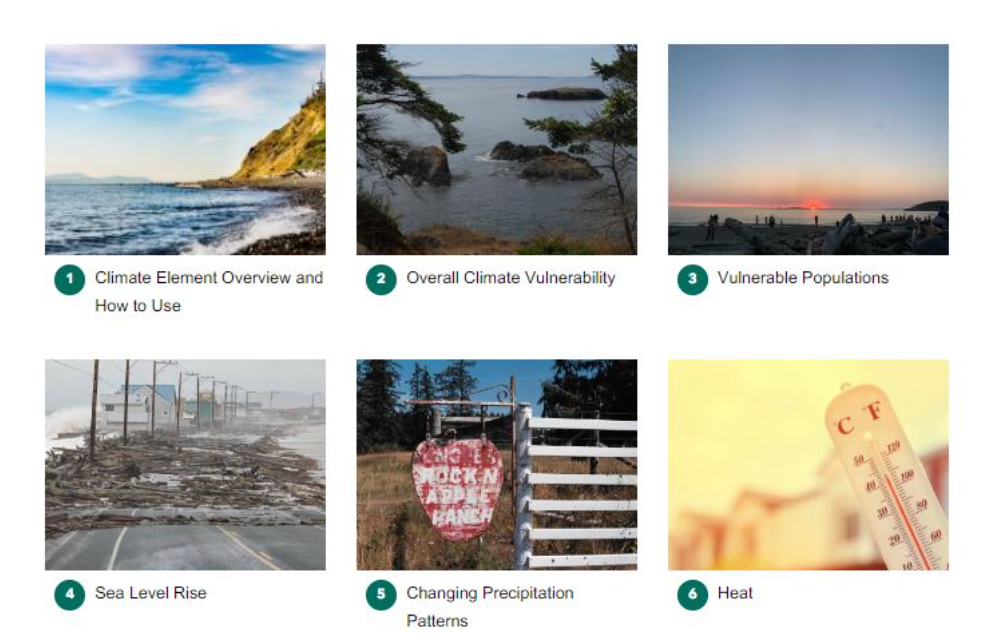
Get Involved
- Check out the Island County Climate Resiliency Explorer, a StoryMap outlining the Comprehensive Plan element and considerations such as overall climate vulnerability, sea level rise, changing precipitation patterns, and heat.
- Share your comments on Climate Change with the county on the Comp Plan website, under the "climate" tab.





